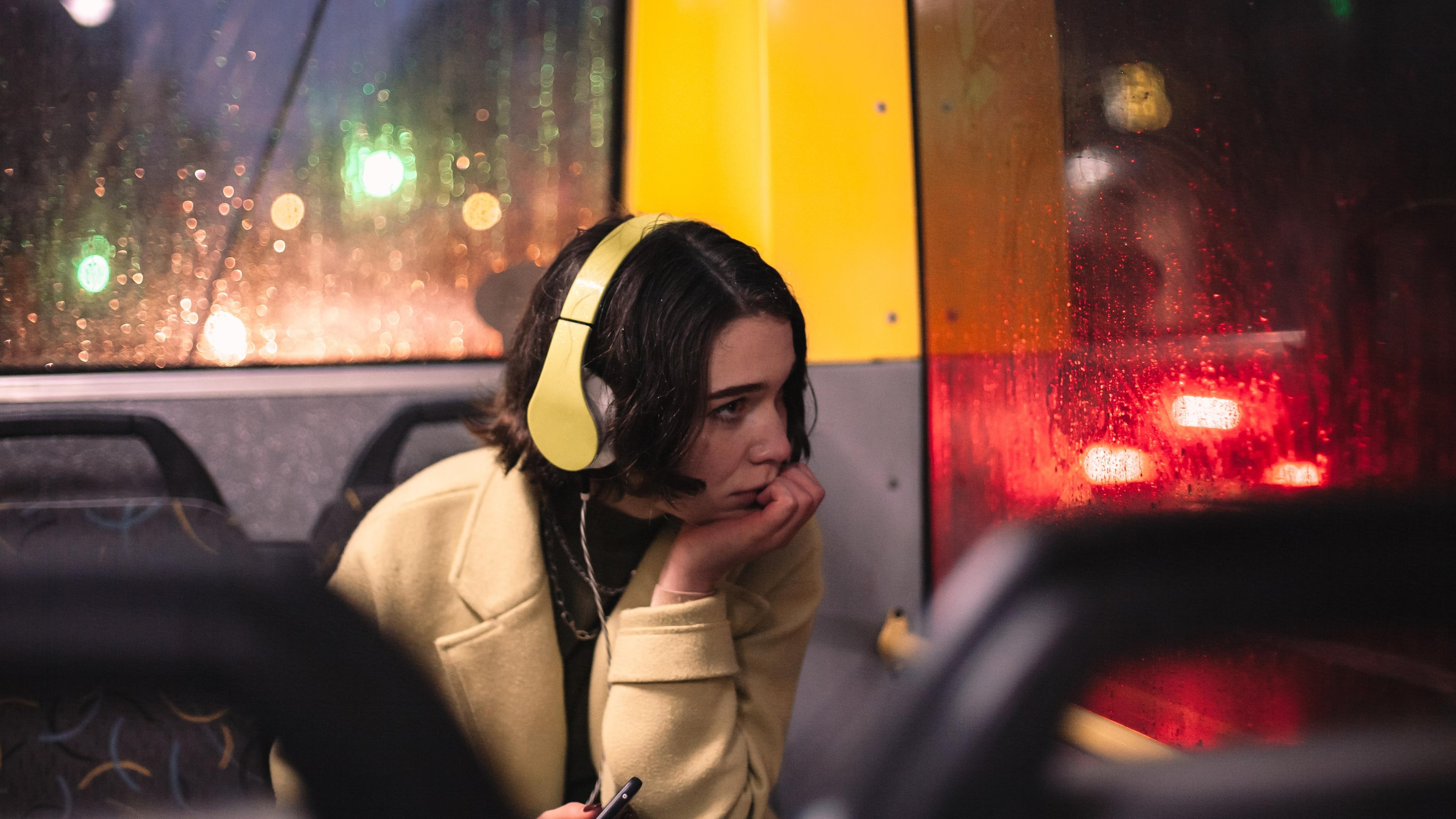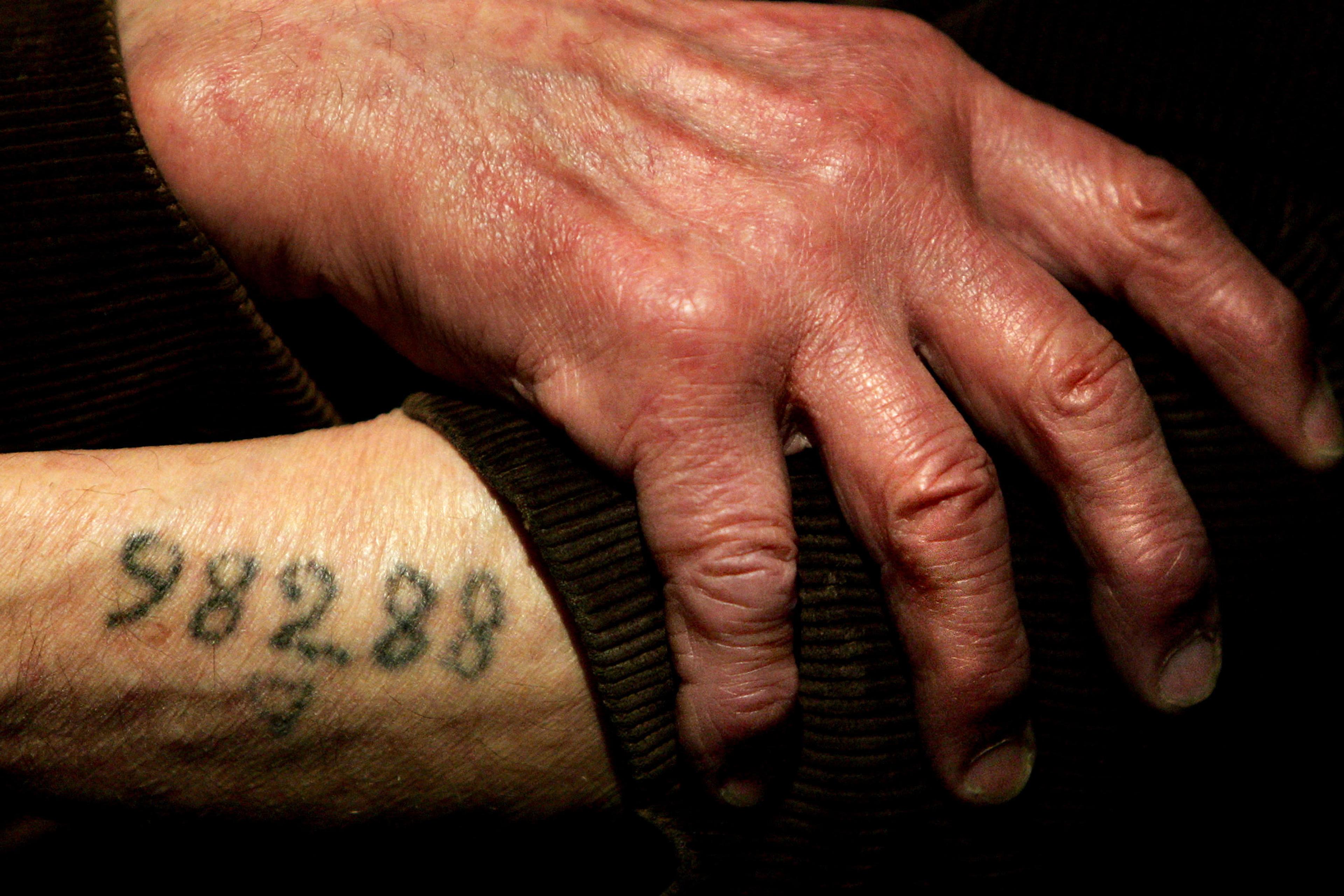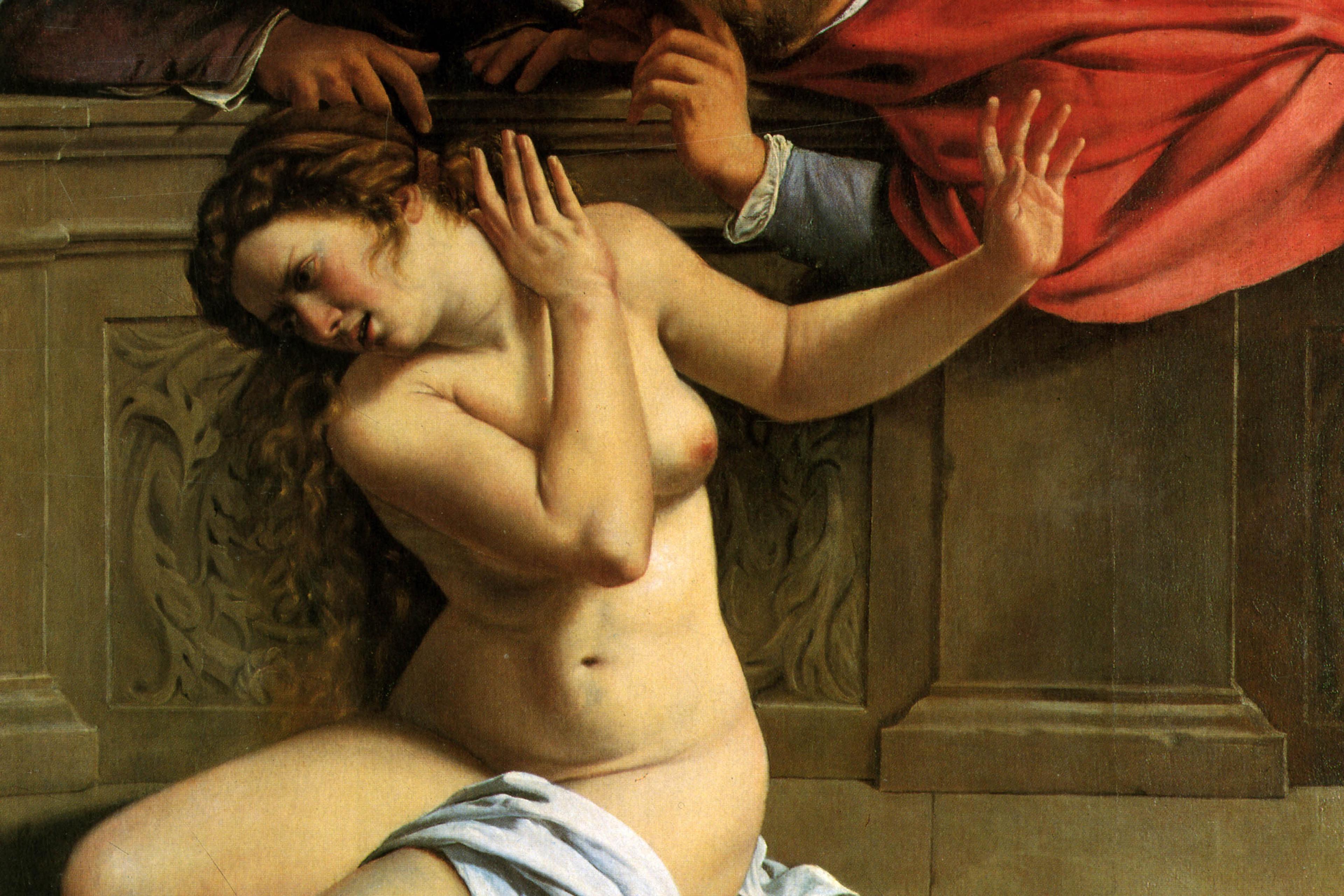After a gruesome introduction to the true crime podcast Crime Junkie, I thought: Why would any woman want to listen to this? Their hundreds of portable and bingeable episodes narrate the kidnappings, sexual assaults, and murders of hundreds of women. Yet women make up nearly their entire fanbase – almost 75 per cent of true crime podcast listeners are women.
The popularity of the true crime podcast with female listeners suggests a seemingly paradoxical idea – that women enjoy, to some degree, hearing about horrific violence against women – and various clickbaity internet articles offer simplistic and digestible explanations. To sum up: women have a pervasive fear of gendered violence, and they consume true crime so they can understand and prevent violence in their own lives. Reading these, I was troubled by the implication of victim-blaming. This framework suggests that the onus to prevent violence falls on the individual woman herself, based on the choices she makes and these choices alone. This obfuscates the structural violence against women that enables and perpetuates gender-based violence on an individual and social level. Additionally, this framework sanitises the experience of consuming true crime of any pleasure. The names of the most popular US true crime podcasts, Crime Junkie and My Favorite Murder, more than imply an affective, enjoyable experience.
Indeed, these podcasts are fundamentally entertainment objects; unlike the creators of the true crime hit Serial (2014), the women who created Crime Junkie and My Favorite Murder are not reporters. They are storytellers. They narrate the stories of one or two murders per episode, by compiling research from other sources, including news articles, police reports and reported true crime books and podcasts. Utilising techniques from fiction, like dramatic narrative arcs and characterisation techniques, Crime Junkie and My Favorite Murder deliver compelling stories out of the ‘raw material’ of crime reporting.
Scrolling through the easily bingeable Spotify or Apple Podcasts profiles, the episodes display a horrific sampling of some of the world’s most gruesome crimes against women. Yet Crime Junkie and My Favorite Murder’s hosts seemingly never tire of their content – each crime is presented as a wholly new, fresh experience to shock and satisfy.
The moment you tune in to these true crime podcasts, you’re not just listening. Both Crime Junkie and My Favorite Murder are formatted like conversations, rendering the listening experience akin to eavesdropping on two strangers relaying a scandalous story at the next table. There is no word for the auditory equivalent of a voyeur, but that is what the listener to these podcasts becomes.
Each week, Crime Junkie and My Favorite Murder release a new episode. Crime Junkie is more matter of fact: in its one true crime story per episode, it sticks to the facts that unfold. The hosts may reference their personal lives, but only when it is relevant to the case. My Favorite Murder takes a different approach. Its introductions, in which the hosts shine with their comedic backgrounds chatting about their lives, cracking jokes, and opining about pop culture, are typically more than 20 minutes long. Victims may come and go, but continued listening rewards readers with information about these hosts’ inner lives. Furthermore, the hosts’ foregrounded friendships outside of their shows create an experience of intimacy, of being with one’s own, real friends.
The reacting host acts as a surrogate for the listener, and models the appropriate reactions of shock, disgust and horror
During a typical My Favorite Murder episode, the hosts Karen Kilgariff and Georgia Hardstark will narrate a story each. One host will detail the gory details of some murder, and the other will react, and then they will switch roles. In Crime Junkie, there’s only one story per week, and the host Ashley Flowers is always the teller and, until her departure from the show in May 2022, the co-host Brit Prawat was always the reactor. The listening-reacting host hears the story, supposedly for the first time, alongside the audience of the podcast.
Take this exchange from the ‘Was it a Sandwich?’ (2021) episode of My Favorite Murder:
Kilgariff: But when they clean off the dirt, they see it’s actually a human skull.
[Hardstark gasps.]
Kilgariff: It’s missing a jaw bone, but other than that, it’s – it’s almost an intact human head.
[Hardstark gasps again, louder.]
Kilgariff: There’s still hair, skin, and, and even an eyeball in one socket –
Hardstark: Oh my god.
The simultaneous presentation of information and emotional reaction collapses the gap between them. As the listener is not actually part of the recorded conversation, the reacting host acts as a surrogate for them, and models the appropriate reactions of shock, disgust and horror. In this example, Hardstark foregrounds the emotional reaction the listener is assumed to have – and is supposed to assume. These emotional responses guide the listener towards appropriate and comfortable reactions, perhaps even protecting her from having to acknowledge real terror or ambivalent pleasure.
Here’s another example of the simultaneity of narrative and reaction, from the Crime Junkie episode ‘MURDERED: Debra Jackson (Orange Socks Doe)’ (2021):
Flowers: But even when police found her bike smashed and shoved off the road later that same day – with her purse still attached – they still thought ‘runaway’ and they listed her on their bulletins as not an abducted minor but as a runaway.
Prawat: I’m sorry, what the actual f – [the word is bleeped out]
Flowers: Yeah, it makes my blood boil, especially the way her bike was found, like, smashed up.
Prawat: With a purse attached! Like, she’s not leaving without, like, she can’t leave without her bike. She’s not gonna leave without her purse.
Flowers: Right? And at a minimum I would think, like, oh my god, maybe someone accidentally hit her and something happened. Like, the last thing on my mind would be ‘runaway’ at that point.
Crucially, their reactions are always uncynical. The hosts’ perpetually wide-eyed responses to violence cushion the horrors of true crime, veiling pleasure derived from the horrific in an acceptably girlish shock, as shown in this Crime Junkie quote. Indeed, despite the formulaic structure of the episodes, each murder is presented as a discrete, individual act of violence, rather than a part of a larger pattern of violence against women.
Culturally and narratively, prison is seen as the conclusion to stories about violent crime. After describing the violence of these crimes, the podcasts turn towards a search for ‘justice’ – which they hope ends with an incarcerated perpetrator. In this way, true crime podcasts fulfil the idea that violent crimes against women can be solved through neat, one-off carceral solutions, rather than societal or structural upheaval. This idea is mimicked in the repeated insistence on violence prevention ‘tips’ in true crime podcasts. The show’s catchphrases – ‘Stay sexy, don’t get murdered’ (My Favorite Murder) and ‘Be rude! Be weird! Stay alive!’ (Crime Junkie) – emphasise individual, not social or structural, responsibility to prevent violence.
In Beyond the Pleasure Principle (1920), Sigmund Freud described a phenomenon within people who have experienced trauma called ‘repetition-compulsion’, insofar as people have a ‘compulsion to repeat [that] recalls from the past experiences which include no possibility of pleasure, and which can never, even long ago, have brought satisfaction even to instinctual impulses which have since been repressed.’ This compulsion to repeat trauma goes so far as to ‘override the pleasure principle’, which formed the basis for Freud’s theory of the death drive.
Repeated engagement with true crime media – in which the slaying of women is rehearsed again and again – could be seen as a manifestation of a ‘compulsion to repeat’. Indeed, a sentiment echoed throughout several of my conversations with female true crime listeners was the feelings of ‘recognition’ or ‘validation’ granted by these stories. The true crime stories they listened to validated both past experiences and future fears of gender-based violence. The prevalence of gender-based violence in the modern world is unignorable; one in five US women is the victim of attempted or completed rape, and 81 per cent experience sexual harassment during their lifetime. Living in such a violent and patriarchal society creates a wider umbrella of trauma that stretches beyond discrete acts; as a group, women could be considered to share what Jeffrey Alexander calls ‘cultural trauma’.
The listener herself celebrates the victory of having lived another day
By listening to violent true crime media, the listener can access past traumatic experiences and fears of future traumatic experiences. Yet, unlike these experiences, the podcast can be paused or skipped through. Its auditory-only form permits a safe level of separation between the listening experience and the material world of the listener. One can listen while commuting or doing chores, engaging their other senses in material processes during the episode. Indeed, the single-sense register makes the podcast comfortingly unobtrusive; the podcast is in company with its listener rather than in control. And, while listening, the listener is rarely alone with their thoughts – the hosts talk the whole time, leaving little silence. If traumatic memories surface, there is no ‘airspace’ for them to fully overwhelm.
All in all, true crime takes these types of unthinkable, unknowable, unjustifiable crimes, and describes how actually horrible they are – validating and justifying your fear of them happening to you. The listener may be able to identify with the victim insofar as she has experienced trauma from gender-based violence. However, she is also able to distance herself on the most basic level; despite whatever traumatic experiences she may have undergone, the listener hasn’t been murdered, in the very least because she is still here listening. Listening to true crime becomes both a cautionary tale and a survival story: the listener herself celebrates the victory of having lived another day.
True crime podcasts synthesise the complicated topics of life, death, justice and violence into succinct narratives, fill them with familiar and comforting tropes from fiction and culture, and perform the story again and again. By engaging just a single sense and commenting on the horror before listeners can themselves, these podcasts provide a ‘safe’ environment to reckon with the worst examples of violence against women, and then turn it off.








